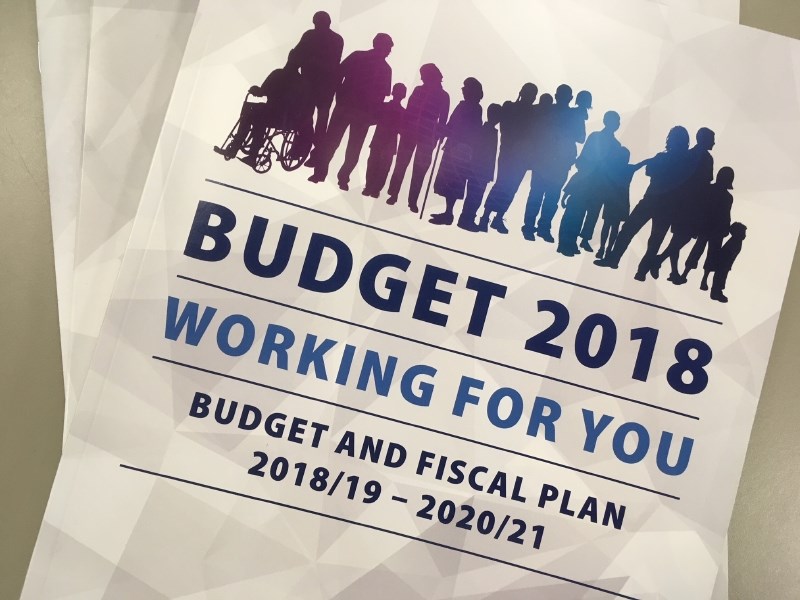If there were any question about what direction the NDP government was going to go, it was quickly put to rest when Finance Minister Carole James announced several new social programs — and new taxes to pay for them — in Tuesday’s budget.
The budget includes $1 billion toward child care over the next three years. That includes funds to increase spaces and a child-care benefit to help families, although the promise of affordable universal child care remains at least 10 years away.
A 30-point plan aimed at making housing more affordable includes a $1.6-billion investment in affordable rental housing, rental assistance and supportive housing, and new taxes to address speculation. (Missing is the promised $400 benefit for renters, but low-income working parents and seniors will see increases to their rental benefits.)
Medical services plan premiums will be a thing of the past as of 2020, the costs shifted from individuals to businesses as they are replaced by a payroll tax.
The NDP, in power for the first time since 2001, has been promising change, and the government had been clear on its priorities. As James said: “The expectations are huge.”
But it wasn’t clear how far-reaching those changes would be, especially given the minority government’s slim two-seat edge.
September’s budget update maintained the status quo, with a Green-tinged New Democrat face on what was essentially still the B.C. Liberal plan. Election promises have since been tempered with economic reality in the form of near-empty coffers at ICBC and a devastating wildfire season — $568 million spent on suppression. The government has been signalling that some key platform planks, including $10-a-day child care, will simply have to wait, or be put into place slowly.
Despite those curbs on its enthusiasm, the NDP government’s first full budget offers the most ambitious social agenda in decades. On the surface, it appears bold and innovative, more reminiscent of Dave Barrett’s NDP of the 1970s than of the party’s time in power in the 1990s.
There are lots of unknowns, and a lot of details to come later. Few specifics were available Tuesday: Will the speculation tax have the desired moderating effect? Will investments in student housing increase the supply for non-students? How do the child-care benefits work? How will business respond to the increased tax to pay for health care?
Many of the initiatives are new and untested elsewhere, and James said the government will be watching the results closely. Expect some of the plans to be tweaked, modified or scrapped as reality hits.
The budget offers a few perks for Vancouver Island residents, including lower ferry fares and investments at Camosun College and Vancouver Island University. There is $50 million for revitalization of the province’s endangered Aboriginal languages, many of which are spoken on the Island. In the capital region, the gas tax will increase two cents per litre on April 1, providing much-needed funds to help improve transit service.
We also lose; the budget confirms that the Liberal dream of replacing the Massey Tunnel has been scrapped in favour of a replacement for the Pattullo Bridge. Many of us use the tunnel, since it is on the way between the Tsawwassen ferry terminal and Vancouver. For us, the Pattullo is well out of the way.
As bold as the document is, it is not enough for some. The Wilderness Committee, for example, believes it does not do enough on the environment and climate change. That might signal that the NDP will come under fire from their allies, the Greens.
The foreign-buyers tax is being expanded to the capital region and Nanaimo, but not to the Cowichan Valley Regional District — a gap that could lead to increased housing pressure around Duncan.
With this budget, James has laid out a path toward long-term change. We are in uncharted territory with some of these ideas. We will not know for a few years how successful she will be.



